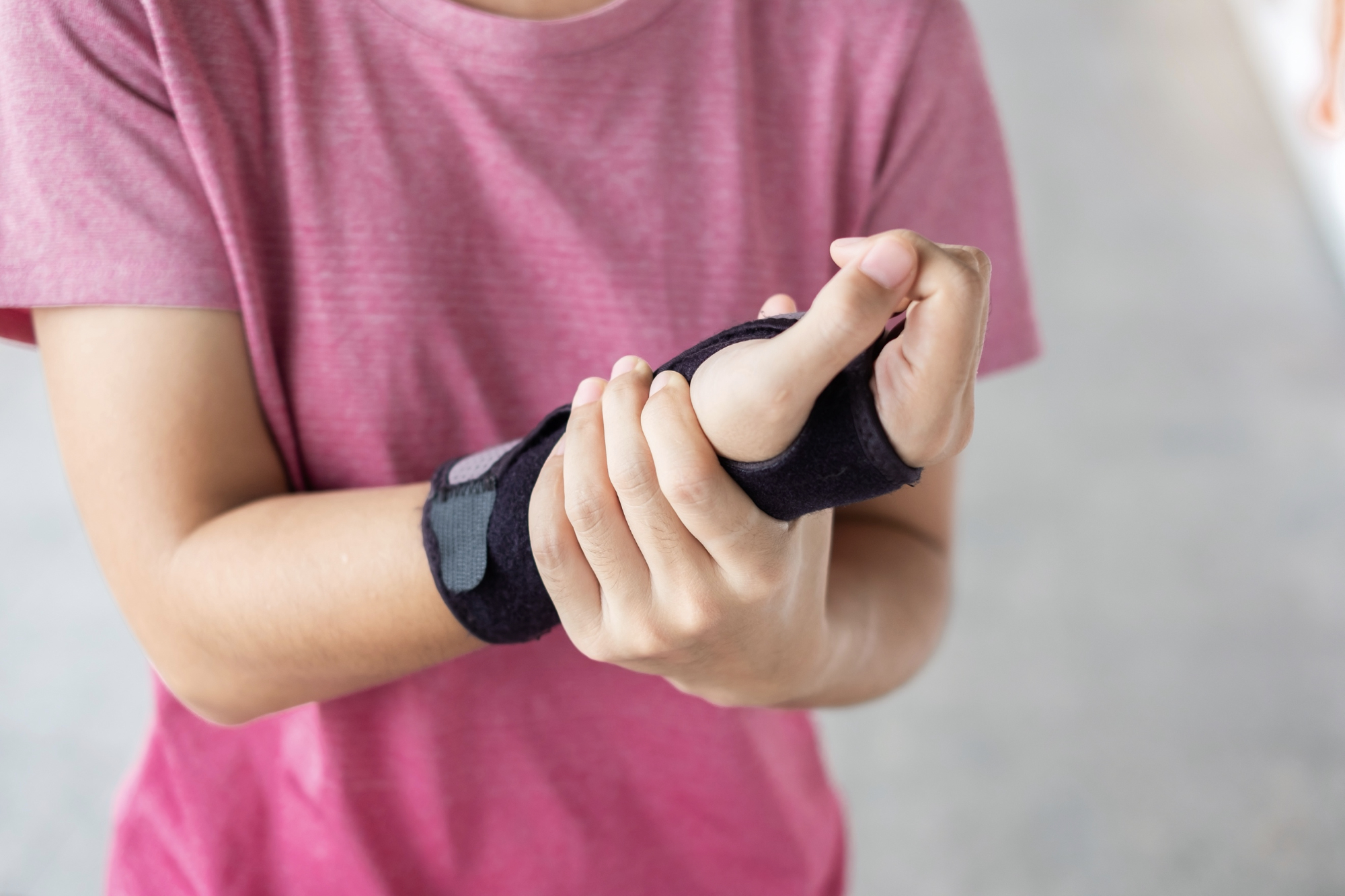Signs of Carpal Tunnel
February 15, 2021
Are you frequently waking up during the night with tingling pain in your hands and wrists? If you often experience tingling, numbness, and pain in the hands and wrists, you may be experiencing carpal tunnel. The pain may even radiate up the arm. You may also experience weakness or clumsiness. These symptoms can make it difficult to perform daily activities that involve finger functions, such as buttoning a shirt. Symptoms typically come on gradually but can get progressively worse.
What is carpal tunnel?
The wrist is comprised of the arm bones—the ulna and the radius—and eight cube-shaped wrist bones. The carpal tunnel is shaped like a tunnel. The wrist bones serve as both the sides and floor of this tunnel, while the roof is tissue that runs across the tunnel sideways. This tunnel houses structures that are vital to hand and finger movement, such as blood vessels, tendons, and nerves. When this nerve is compressed, carpal tunnel results.
Symptoms typically worsen when the hand is in a position that puts pressure on the carpal tunnel. This is why sufferers often experience symptoms when they are holding a cellphone or driving. When the hand is relaxed, oftentimes the symptoms dissipate. Failure to treat the symptoms may result in an increase in pain, to the point where the hand may always feel numb no matter what position it is in.
What causes carpal tunnel?
Carpal tunnel affects more women than men and your risk increases after the age of thirty. You may be more likely to get carpal tunnel if your work involves repetitive hand movements, like gripping or stirring. It may also be hereditary. If you have rheumatoid arthritis, thyroid disease, or diabetes, you may also be more likely to develop carpal tunnel.
How is carpal tunnel treated?
Carpal tunnel can resolve itself if it is diagnosed and treated early. If it goes undiagnosed or untreated, the more likely it is to require surgery to fix and the more likely you will have permanent nerve damage.
To treat carpal tunnel, individuals should first and foremost try to stop the movements that trigger symptoms. Wearing a brace or splint can decrease nerve pressure, and medications like ibuprofen or cortisone shots can ease the pain and reduce inflammation. If necessary, surgery consists of cutting the band that forms the roof of the carpal tunnel. Once cut, the band heals with a larger dimension to release the pressure on the nerve.
If you think you may have carpal tunnel, the sooner the treatment, the better. Contact your physician as soon as possible. For more information about carpal tunnel, visit: https://specialtycare4u.com/specialties/carpal-tunnel/